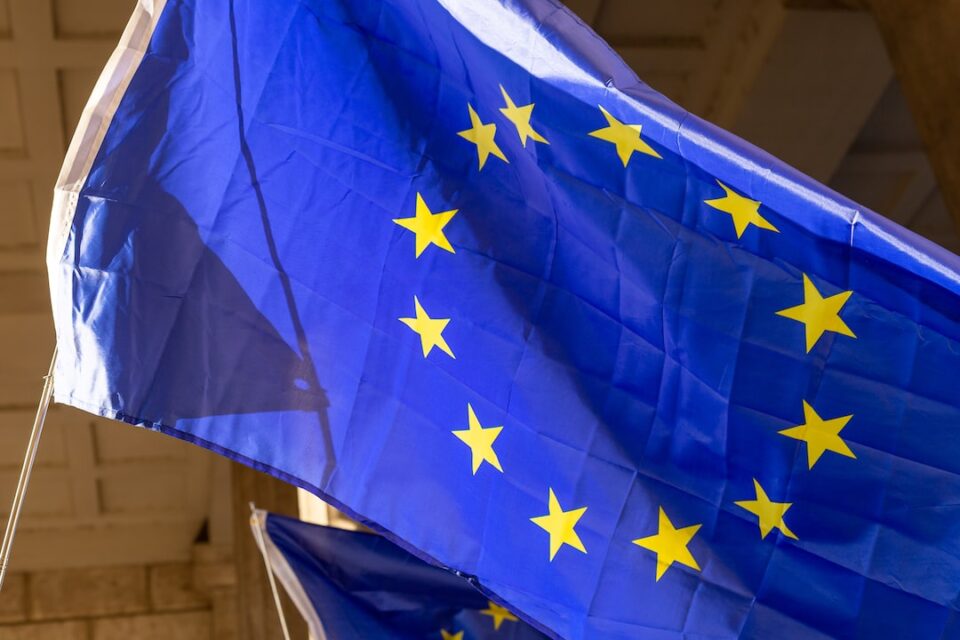Animal extinction is not a new phenomenon. The earth has gone through several phases of mass extinctions, wiping out entire species for a variety of reasons. However, the alarming rate at which animal extinction is occurring in today’s world is unprecedented. The International Union for Conservation of Nature (IUCN) has estimated that about 27% of all evaluated species are threatened with extinction. The extinction of animals impacts human beings in various ways, and therefore it is essential that we prevent it.
One of the main reasons for animal extinction is habitat destruction. Human activities like deforestation, land conversion for agricultural purposes, and urbanization lead to the destruction of natural habitats. These activities reduce the living spaces of animals, limiting their food sources and breeding grounds. As a result, animals have to try and adapt to a new environment, which is difficult for many, leading to their eventual extinction. The solution to this problem lies in sustainable development, which involves the judicious and rational utilization of natural resources without causing damage to the environment.
Increased poaching and hunting is another reason for the extinction of animals. Humans are not the only predators that animals face; poachers kill animals to trade their skin, bones, or other parts for profit. This illegal trade also affects marine life, where animals are killed for their meat or other body parts. Governments and non-governmental organizations must enforce strict laws against poaching, and individuals must stop buying products derived from endangered animals.
The spread of invasive species is another factor that leads to animal extinction. Invasive species refer to non-native plants and animals that have been introduced to a new environment and cause harm to the native flora and fauna. They disrupt the food chain, and hence native animals suffer and may become extinct. Government agencies must make systematic efforts to eradicate these invasive species.
Climate change is also affecting the survival of many species. The increase in global temperatures due to the release of greenhouse gases has led to melting ice caps and rising sea levels. This change in climate puts animals in a tough spot, as it disrupts their breeding and feeding habits. It also leads to extreme weather conditions like droughts and floods, which have devastating effects on animal populations. Reducing carbon emissions and adopting sustainable habits is one way to prevent climate change and protect animal life.
Finally, individual responsibility also plays a significant role in preventing animal extinction. We can protect animals by recycling, using reusable items, reducing carbon footprints, and encouraging others to do the same. Only by working together, hand in hand, can humans protect the biodiversity of the planet.
To conclude, animal extinction is a global problem that affects us all. By reducing habitat destruction, preventing poaching and hunting, eradicating invasive species, mitigating the effects of climate change, and taking individual responsibility for our actions, we can protect and preserve the diverse animal life on our planet. By doing so, we will reap the benefits of a healthy ecosystem, and our future generations will be able to admire the beauty of nature that we have been blessed with.

